Once I have watched a documentary when I was a child, which explained the division of labor behind the film. Photographers are often accompanied by a focus puller, like every golfer will have a caddy. This pattern is almost standard in the film industry.
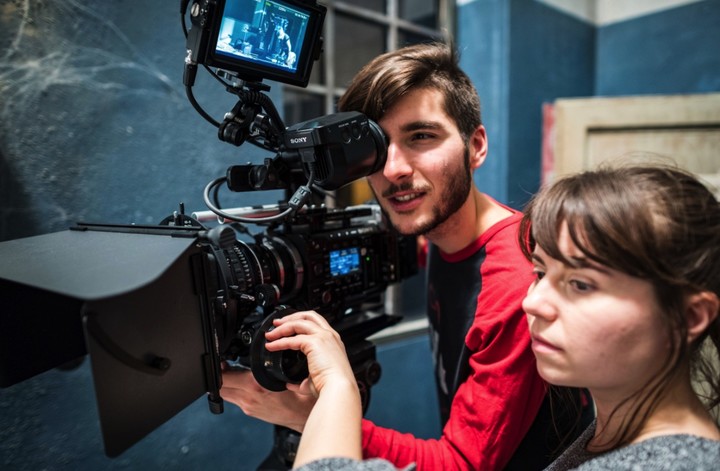
The focus puller mainly ensures that the focal plane of the shot meets the needs of the director. That is: the subject is clear.
It seems a quite simple work, but not everyone can be competent. This job has a high demand on the movement speed of the focus and the switching accuracy. Without the muscle memory from years of practices, it’s hard to become perfect, and to accurately switch between different focal points.
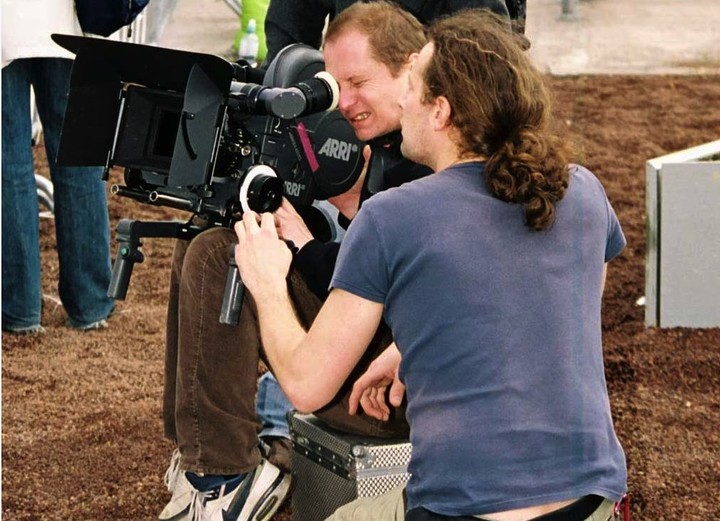
Even with all the advances in auto-focus, the film industry is still very much the same. The photographer still has a “sideman”.
The movement of the focus will highlight the characters and possibly the environment. The instinct of our eyes is to track the clear subject. Therefore, the change of the focus will lead the audience to shift their attention along with the focus, so as to realize the narrative or atmosphere setting, which has become a language of films. Mr. Zha (a director) should have a good say in this.
If an ordinary person wants to make a similar movie effect, not counting post-production, a full-frame camera with a wide-aperture lens will be enough. However, in terms of economy and universality, we will find no account in it.
The “Cinematic Mode” on this year’s iPhone 13 series could be a new option.
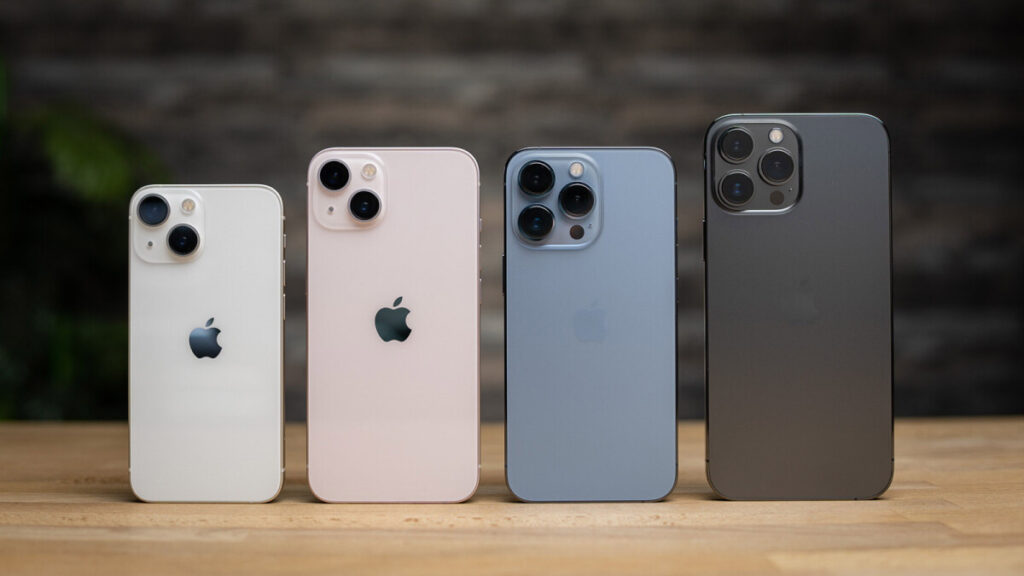
Cinematic Mode is Video Portrait Mode
Among all the TVCs of iPhone 13, the most impressive two are still Whodunnit and Who Stole My iPhone. The addition of the Cinematic Mode has greatly enhanced the story sense of the whole movie, and of course the actors of the latter one are also a highlight.
Even before Sept. 15, the day Apple launched the iPhone 13, it is said that Apple would release the “Video Portrait” function which didn’t seem very “useful.”
But when we saw the demo of Whodunnit and finally got our iPhone 13 series, people realized that the “Cinematic Mode” was just as important as the “Portrait Mode” on iPhone 7 Plus.
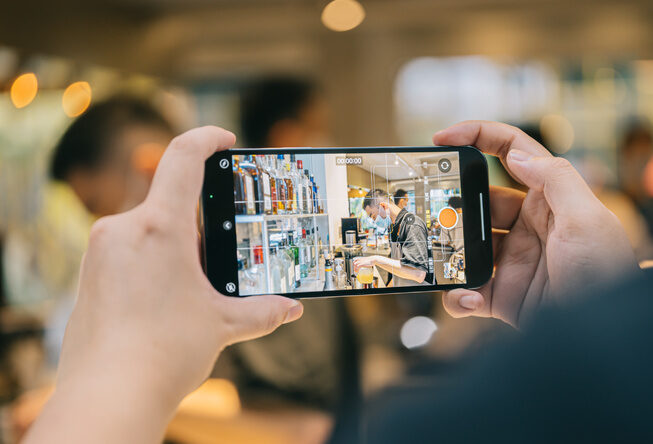
These two modes are not based on classical optical techniques, but in another way. Both the old “Portrait Mode” and the “Cinematic Mode” now are based on multi-camera parallax, but not LiDAR, which explains why the whole series of iPhone 13 support this mode.
It is obvious that Apple wants to popularize this mode the same as “Portrait Mode” at that year.
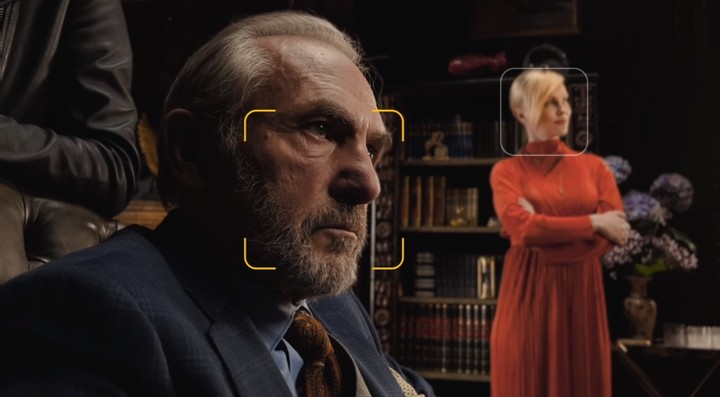
Based on this, the shooting effect of “Cinematic Mode” in the whole series of iPhone 13 is similar. Then the recognition subject simulates the depth of field, with the main features of human face. When multiple faces appears, the big one will be chosen as the priority.
It cannot distinguish between objects and animals, and requires human intervention to switch. In a crowded scene, iPhone 13 can recognize multiple faces at the same time, but it will frequently change the focus. At this time, it also needs to intervene to select the person you want to focus on, or directly hold down the lock.

In addition, the introduction of “Cinematic Mode” for Apple is the first time. Naturally, there exists many restrictions. One is that the matting is not very detailed, the edges of the characters sometimes “break”. The other is about the maximum record which is only 1080p 30p, even the iPhone 13 Pro Max 1TB version is the same.
However, under the above limitations, the “Cinematic Mode” can still accommodate Dolby Vision HDR coding, which is a trade-off for Apple.
Cinematic Mode: born of curiosity
Traditionally, a lot of new functions have come from the insight and feedback of users, but Apple has done things at its own understanding and pace.

In an interview with TechCrunch editor Matthew Panzarino, Apple’s interface designer Johnnie Manzari explained how the cinematic mode came to be.
“ ‘Cinematic Mode’ is not based on the function itself, but just because the design department is curious about the process of film production. Therefore, they take this point as a starting point to study and learn the photography technology of film, so as to realize the near-real focus shift and some optical characteristics.”
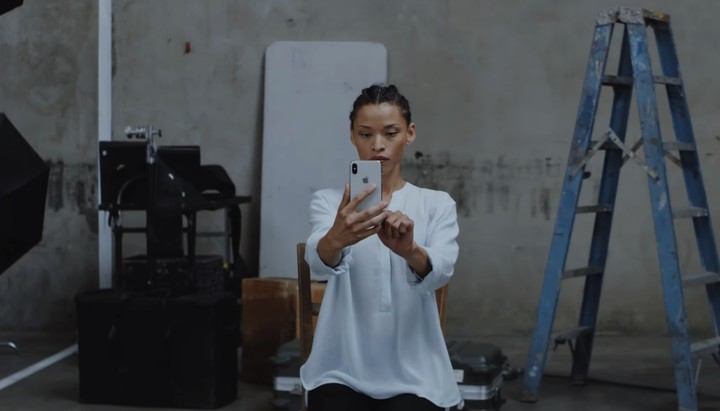
At the same time, John said that developing “Cinematic Mode” is similar to the studio light effects of portrait photo that appears on the iPhone X.
Experience is learned and analyzed from Avedon Warhol’s portrait works, Rembrandt and Chinese meticulous paintings, so as to apply it into the product algorithm.

The development of “Cinematic Mode” is a similar process. The Apple team firstly talked to world-class photographers and watched lots of movies.
In doing so, we discovered some trends in the film making process. The shift in focus is a universal language in the film industry, and we need to know exactly how and when they are used.
Hence, John and his team worked closely with the director and the first assistant, in order to understand the mechanism behind it all. The use of a shallow depth of field can direct the audience’s attention and help to describe the story.
John, the design team, and Apple agreed that the upcoming “Cinematic Mode” would be a competitive function, knowing that it would take years and years of practice for the focus puller to master how to keep the focus constant in real time.
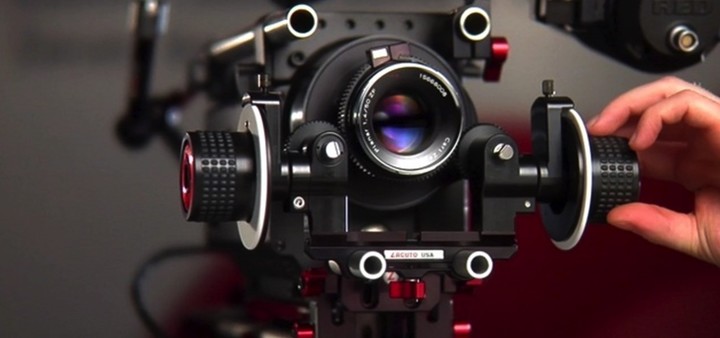
Finding focus was eventually named “Gaze Detection,” which is actually closer to face detection, allowing viewers to focus on the main character’s movements, which lead them to follow the story quickly.
Smooth transition is a feature added by John who has long observed a focal length control wheel operated by a focus puller.
A skilled puller will use the wheel to make the focus shift naturally and stably, and operate real-time changes according to the focal length of the lens and the distance from the object.
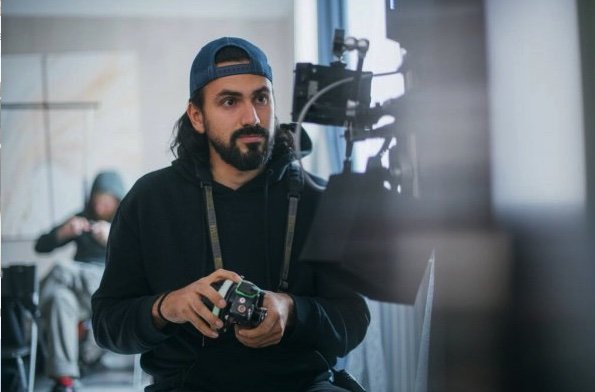
The hero behind “Cinematic Mode”: A15
Theoretically, this mode could be transferred over OTA to other iPhones (such as iPhone 12), perhaps at the expense of live preview. But in Apple’s way, it’s hard to push new functions down by sacrificing some other experience.

Therefore, “Cinematic Mode” will be A temporary exclusive function of the whole series of iPhone 13. This mode will also be one of the thresholds of the computing power of A-series chips.
Compared with A15’s CPU, the GPU performance is significantly improved in the test. It may adopt a new framework, as well as an extra core. In addition, A15’s neural network engine has been upgraded to 15.8TOPS.
These hardware improvements may be related to the improved video capabilities of the whole series of iPhone 13. Some of the learning problems in “Cinematic Mode” are different from those in still photos. I believe that John’s HCL (Human-Computer Interaction) design team had in-depth communication about chip development when A15 was being developed.
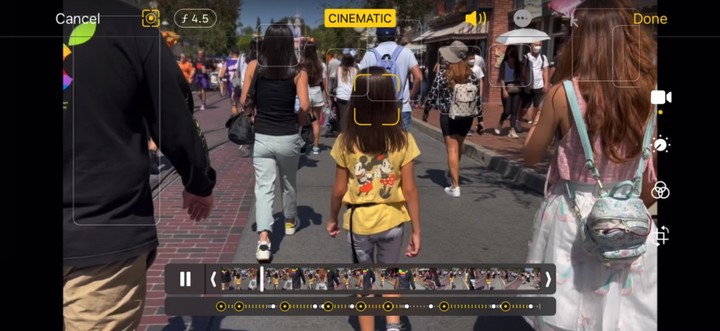
“Cinematic Mode” may not mean so much to ordinary people. It is more like a wine driver in a Swiss Army knife,not the most perfect one but the labor-saving tool used in an emergency.